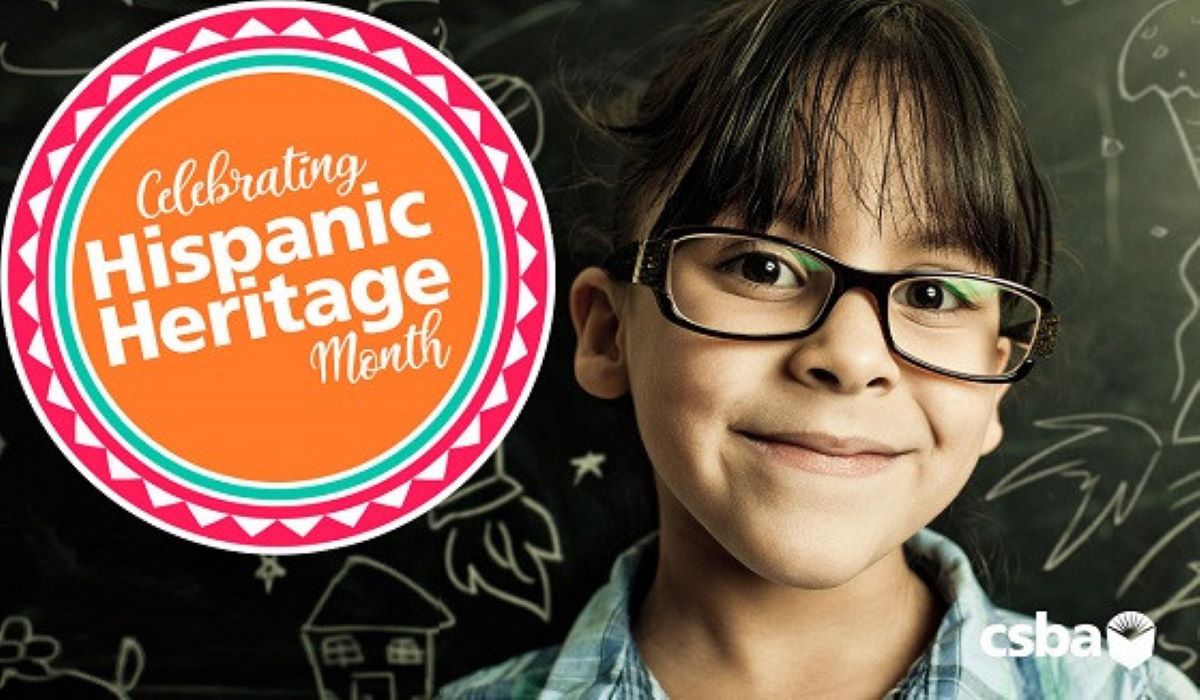A new report from the State Auditor finds local educational agencies are not doing enough to identify youths experiencing homelessness, in turn limiting the opportunities to support these students. The report cites that many of these shortcomings stem from the California Department of Education’s inadequate oversight and management of the state’s homeless education program.
Included in the Legislature-ordered audit is an interactive graphic that allows users to see how many students each LEA reported as being homeless in academic year 2017–18 (the statewide identification rate was 6 percent).
Shortcomings in identification and training practices
An audit of six LEAs found that these districts and schools identified 3 percent or fewer of their economically disadvantaged youth as experiencing homelessness. Homeless education experts use a benchmark of approximately 5 to 10 percent of economically disadvantaged students to determine whether an LEA has identified all youth that experience some form of homelessness during a school year. The audited LEAs were Birmingham Community Charter High School, Greenfield Union School District, Gridley Unified School District, Norwalk‑La Mirada USD, San Bernardino City USD and Vallejo City USD.
None of these LEAs “sufficiently trained staff to ensure they were aware of information that would help them identify youth needing services,” the report finds. Further, only one had publicly shared information about its homeless education program, which is required by federal and state laws.
To aid in identification practices, the State Auditor recommends the Legislature require LEAs to distribute a housing questionnaire to all families and youth at least annually. Additionally, the report calls on the Legislature to provide stronger oversight of the CDE’s homeless education program and to more closely monitor LEAs in helping them identify students experiencing homelessness.
The State Auditor found that the CDE currently monitors less than 1 percent of the nearly 2,300 LEA homeless education programs in the state each academic year.
“Additionally, (CDE) does not effectively use data it collects to identify and provide specific guidance to LEAs that do not effectively identify youth experiencing homelessness,” State Auditor Elaine Howle wrote in a letter to the Governor and Legislature. “(CDE) has not developed training modules for all LEA staff that it committed to develop in its state plan.”
The CDE’s response to the audit disagrees with a call to complete a homeless education program staffing analysis by May 2020, “asserting that it does not anticipate needing additional resources at this time.” The department did, however, note that it is developing a method to determine LEAs that may be under-identifying youth experiencing homelessness. The department will also develop more resources and training programs.
Strategies for counties, districts and schools to aid students
The audit concludes that when LEAs coordinate with organizations that provide service to youths and their families experiencing homelessness, the students tend to be more successful. Specifically, the report notes that Norwalk‑La Mirada USD works with outside organizations to provide various services to families and youth experiencing homelessness. Similar efforts were found in San Bernardino City USD, resulting in students experiencing homelessness having lower rates of absenteeism, suspension and dropping out than statewide averages.
Reinforcing the need for outreach and collaborative efforts, a February 2019 Education Leads Home report recommends schools and districts help students experiencing homelessness by connecting them with housing organizations, mental and physical health providers, mentoring groups and extracurricular activities.
Additionally, efforts can be made to help these students stay in school. Examples include:
- Being more flexible with attendance policies and assignment timelines
- Assisting students as they work through transfers of test scores and transcripts
- Helping students navigate legal issues around obtaining legal consent to re-enroll or participate in school activities
Researchers note that additional accountability to better serve students experiencing homelessness may be provided through the federal Every Student Succeeds Act, as the law now requires states to disaggregate graduation rates for these students. States will be required to share the 2017–18 graduation rates for students experiencing homelessness come next year. Data from 26 reporting states (not including California) for 2016–17 showed that students experiencing homelessness had a national average graduation rate of 64 percent, compared to the low-income student rate of 77.6 percent and 84.1 percent rate for all students.





